Tucked in the corner between The Crane and the Shadow Room, up against the northeast wall sits one of my personal favorite exhibits, the Animation Station. The Animation Station puts an emphasis on the technology part of WonderLab Museum of Science, Health and Technology and allows users to develop creative and storytelling skills.
Making My Own Movie
Since I’m a Media School student I sometimes feel a little out of place working at a science museum. While there are other media school students, especially in the marketing department, many of the concepts I’m dealing with are kind of foreign to me. I think that’s what drew me to the Animation Station. As a writer I think that storytelling, in all its forms, is extremely important and seeing how that related to science and technology was exciting.
When I started out making my own stop motion animation using the Animation Station I 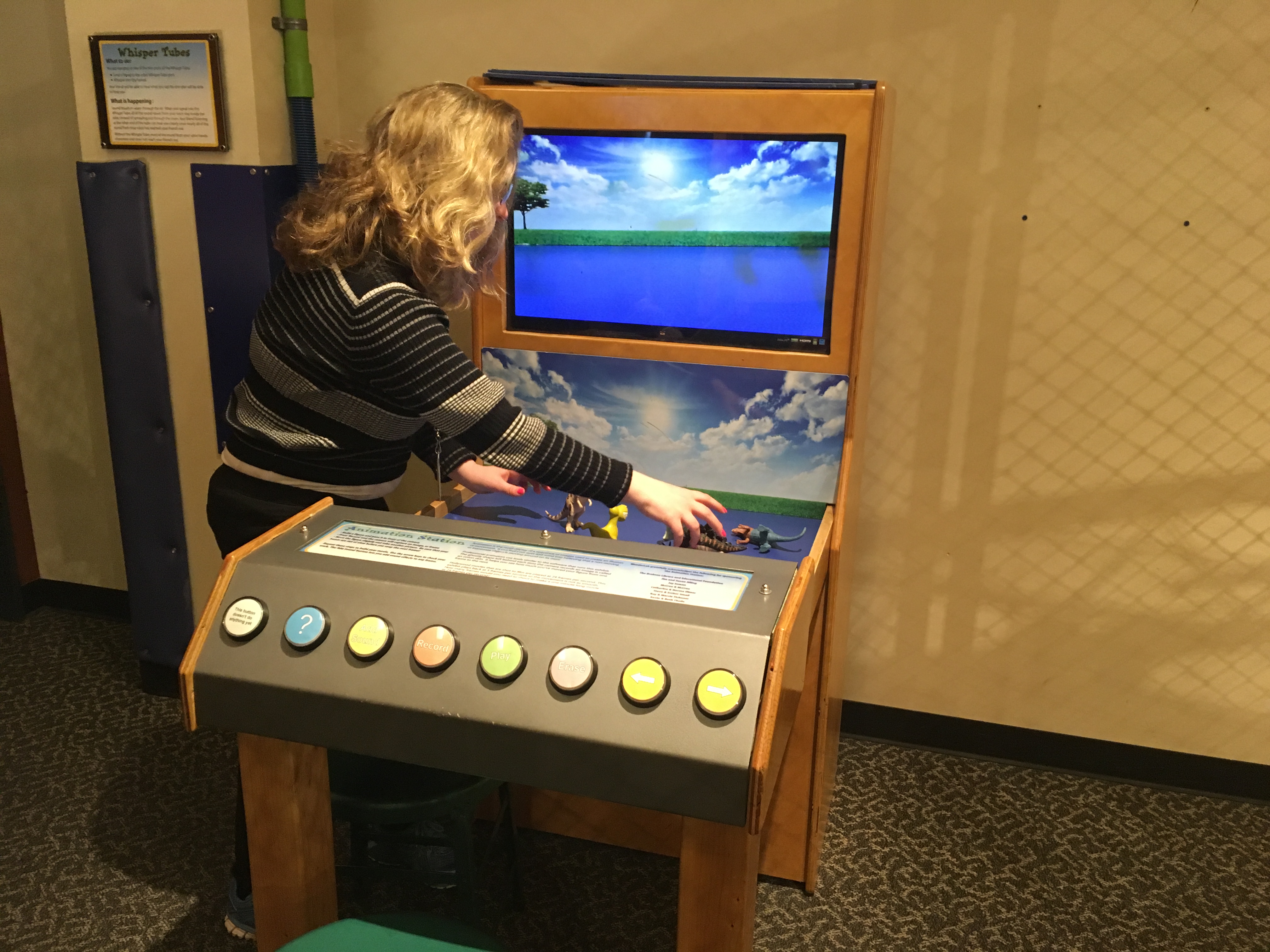
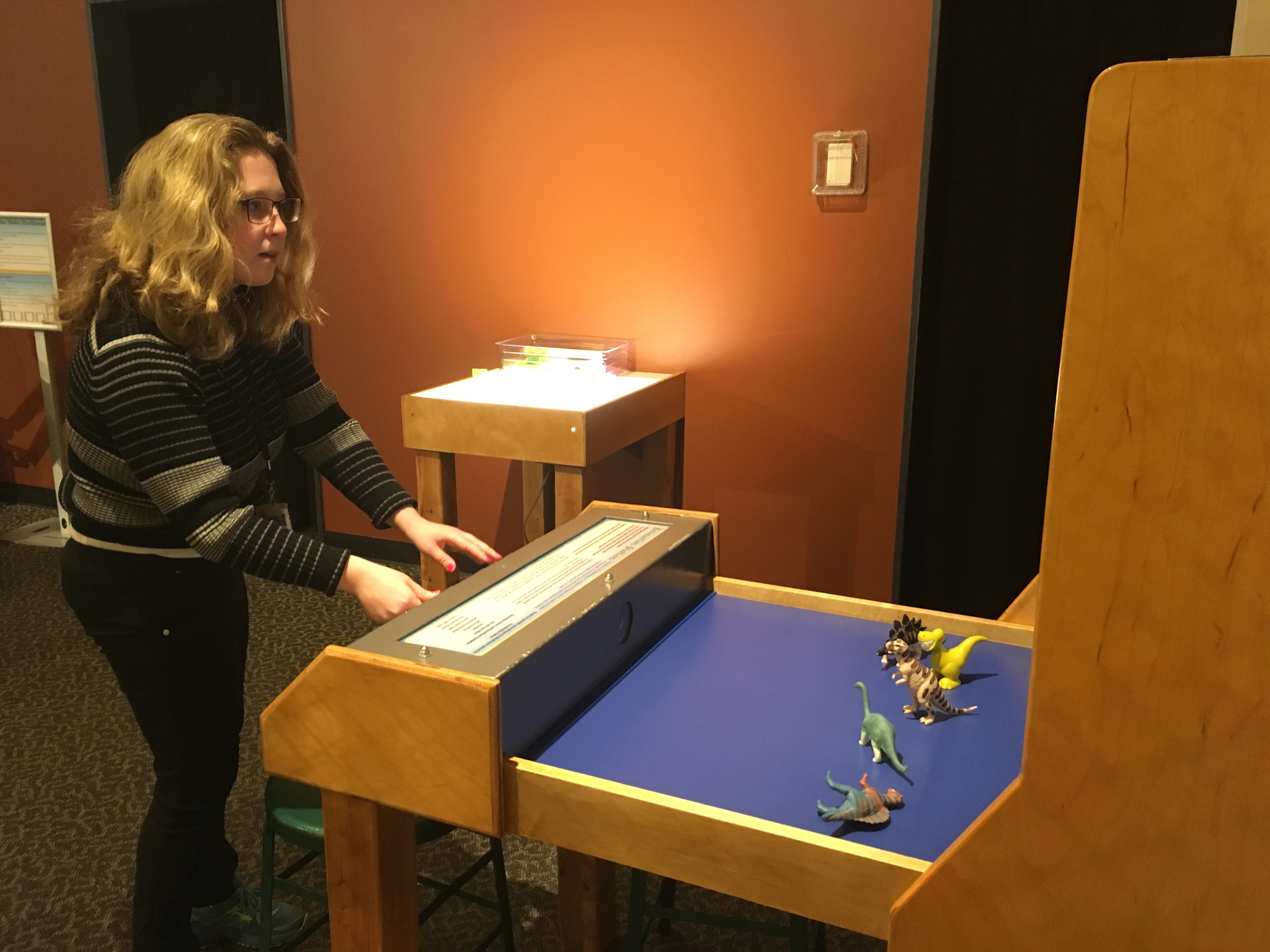
Types of film making
The type of story telling offered by the Animation Station is known as stop motion animation. This simply means taking individual photos of objects, such as dinosaur figurines, and stringing them together to create the allusion that the objects are moving.
Credit for the first instance of stop motion animation is typically given to film pioneers J. Stuart Blackman and Albert E. Smith for their piece The Humpty Dumpty Circus.
Typically, the release date is estimated to be in 1897 or 1998, though IMDb puts it as late as 1908, but it is now lost.
There are a few variations of stop motion animation. Cutout animation uses 2D objects like photographs or paper dolls to create an animated effect. The early episodes of South Park were filmed using this technique. Although it was one of the earliest animation styles, and one of the most popular because of its simplicity, it has fallen out of favor with the rise of digital animation which is less time consuming and makes movement appear more fluid than cutout animation. The earliest known feature length animation used this technique. Italian-Argentine filmmaker Quirino Cristiani’s 1918 El Apóstol was a political satire about the Argentinian president Hipólito Yrigoyen. Unfortunately this film is also considered lost as there were a series of fires in the mid 20th century which destroyed all of Cristiani’s work.
Stereoscopic stop motion creates a 3D effect by layering two 2D images over each other. Stereoscopic stop motion animation has been used only a handful of times in film history, and mostly for short films. This is mostly because 3D film did not become very popular until the 1950s and had a resurgence in the 80s. The first instance of this technique was the 1939 short film “In Tune With Tomorrow” also known as “Motor Rhythm” which was a promotional film for Chrysler, made for the World Fair. The 2009 film Coraline is the first feature length film to use this technique for every shot.
Go Motion was a technique developed for the 1980 film The Empire Strikes Back, to make the movement of the All Terrain Armored Transport robots appear more smooth. Phil Tippett, the effects supervisor for the film, had a background in stop motion animation before working on the Star Wars films and later on Jurassic Park. This technique involves programing a computer to move the model slightly during the shot, along with the traditional hand technique, to create a more realistic blur of movement. The technique has origins in earlier, crude blurring effects by early to mid 20th century russian filmmaker Ladislas Starevich, which involved moving props during the exposure of a frame to create a blurring effect. However, even this relatively new technique is not very common because blurring is now mostly done in post production for major motion pictures.
The form of stop motion animation I am most familiar with is Clay Animation, popularly known as Claymation.
Popular claymation films include Tim Burton pieces, such as The Nightmare Before Christmas and Corpse Bride. The first known film to feature Claymation was a trick film titled “A Sculptor’s Welsh Rarebit Dream.”
I have a particular affection for the Wallace and Gromit claymation films, a story about an eccentric inventor, Wallace, and his trusty beagle, Gromit, which my grandparents beagle was named after when I was growing up.
What I really love about the Animation Station is that it reminds me how technology and science often combine to create art. Lots of exhibits explore the technology and science behind art such as the OscylanderScope, which shows the vibrations of guitar strings, Giant Xylo Pipes: The Science of Sound, which allows users to investigate pitch and octaves in music, and the Theremin, which allows users to make music using electromagnetic fields. So, next time you’re at WonderLab remember there are lots of exhibits which can show you how science, technology and art are all interconnected. The Animation Station is just one of many examples.
About the Writer: Abby Bainbridge is studying Journalism with a concentration in Public Relations, as a member of IU’s class of 2021. She is a writing and content development intern in the marketing department at WonderLab Museum of Science, Health and Technology. She avid movie fan who was excited to have an excuse to play with the Animation Station and learn about stop motion animation for this blog.

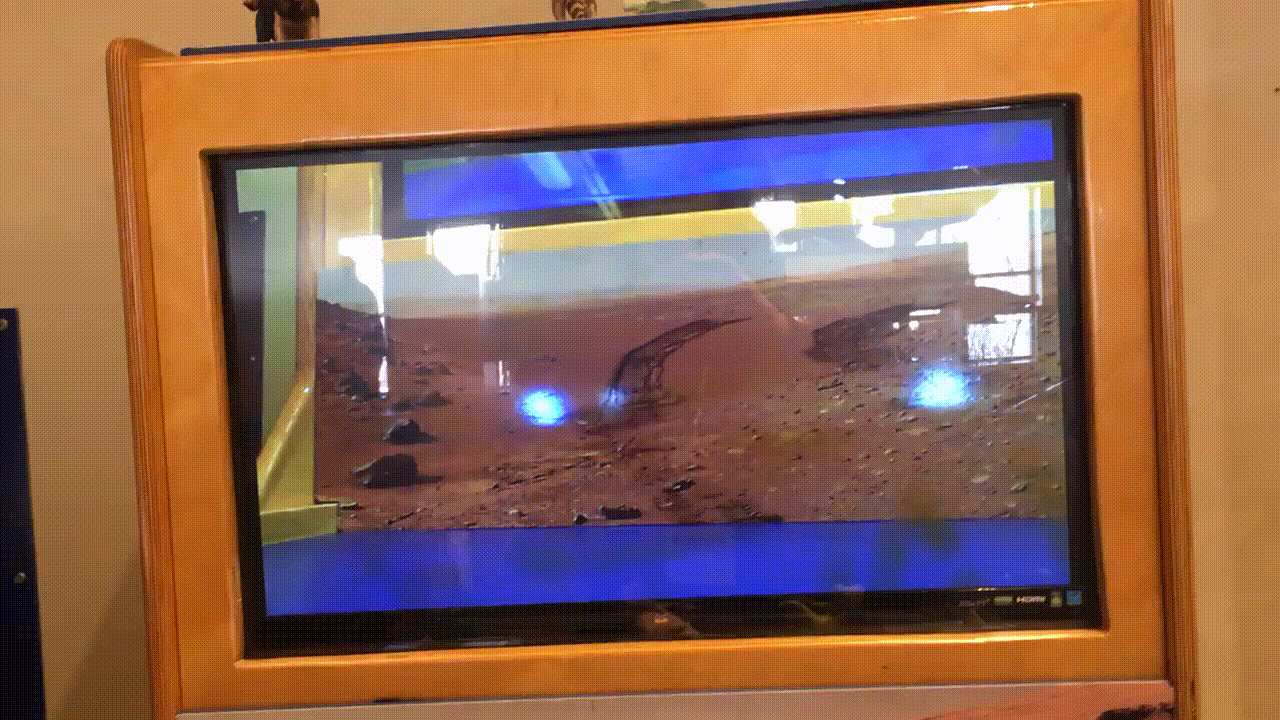
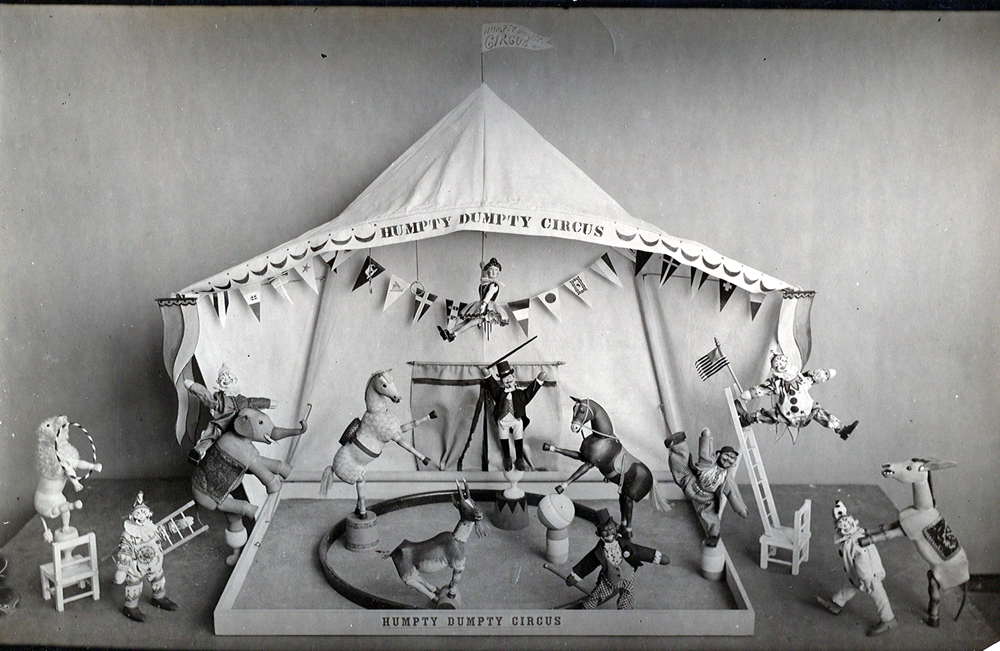
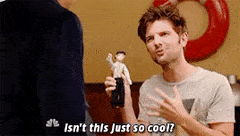
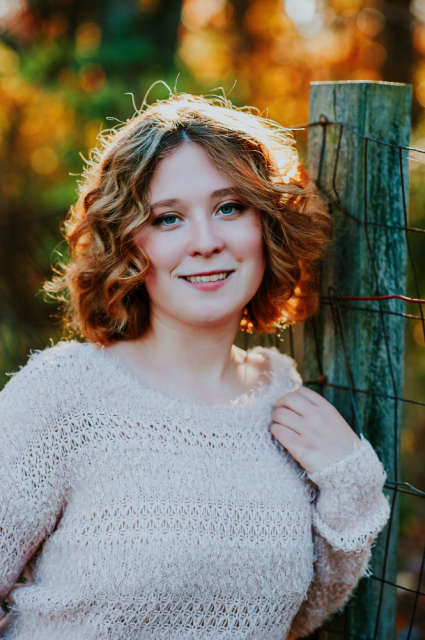
Leave A Comment